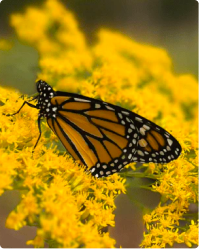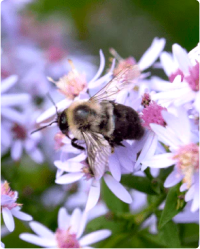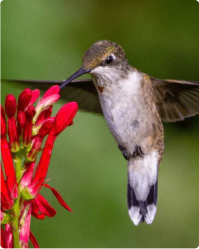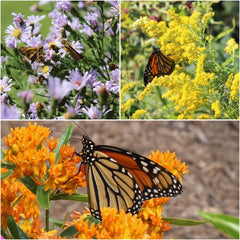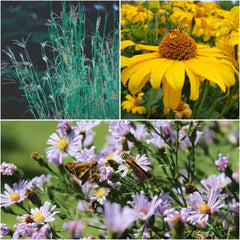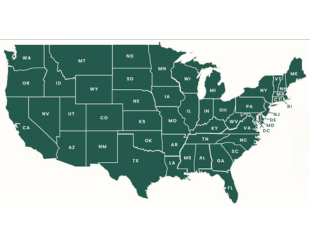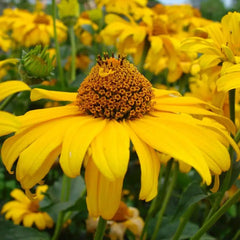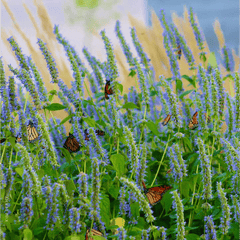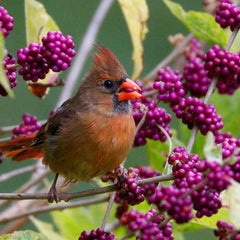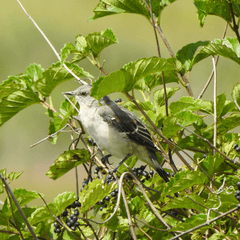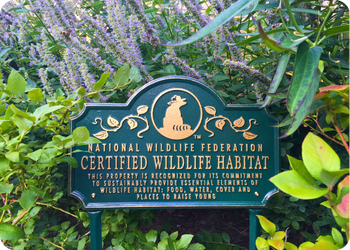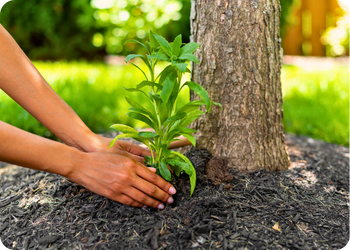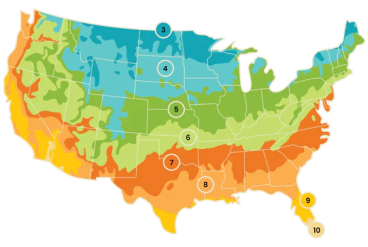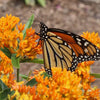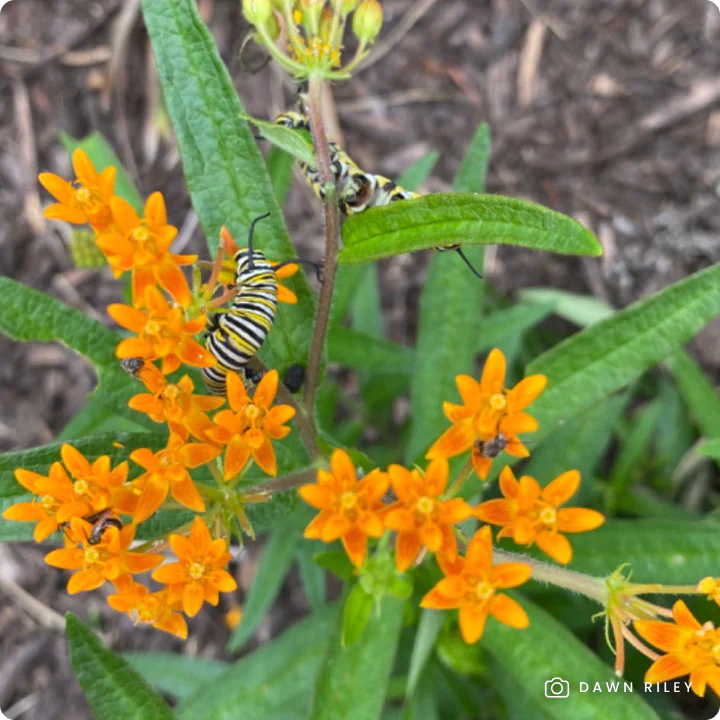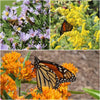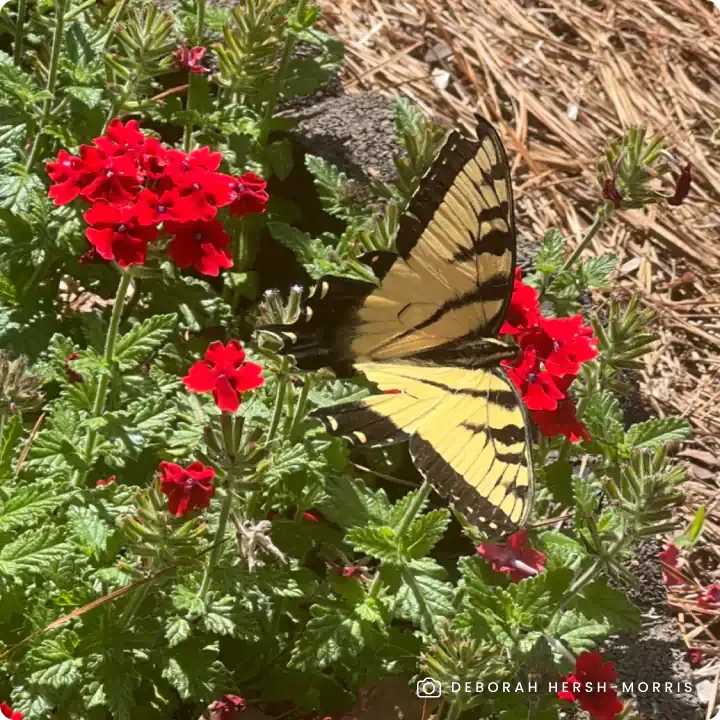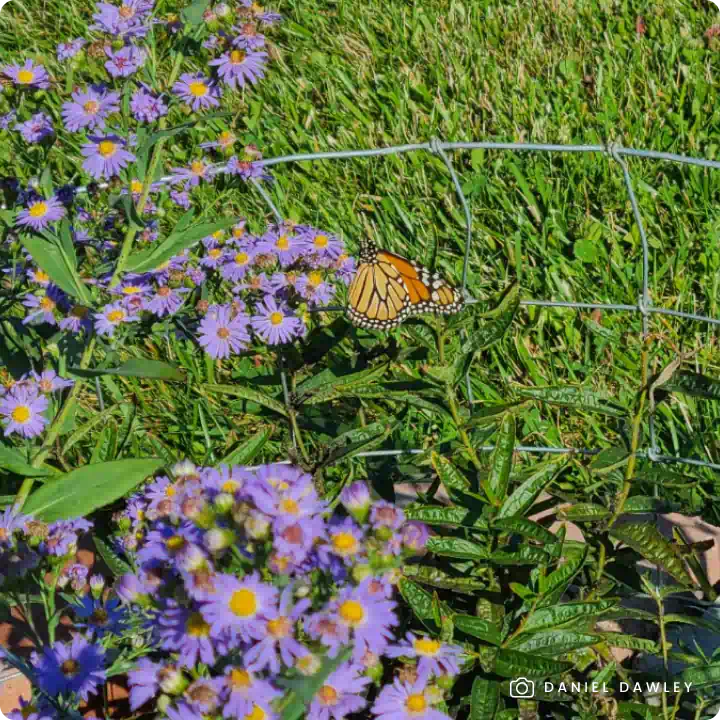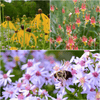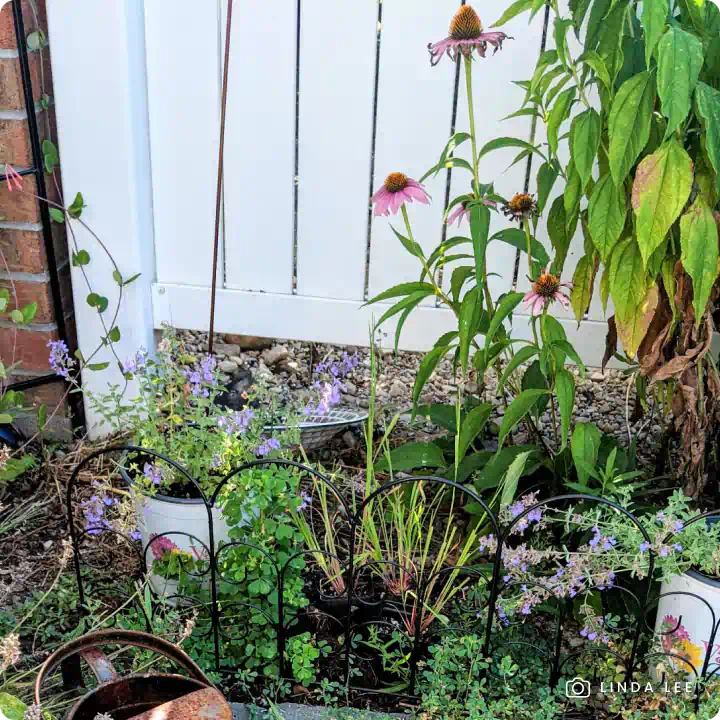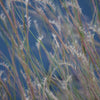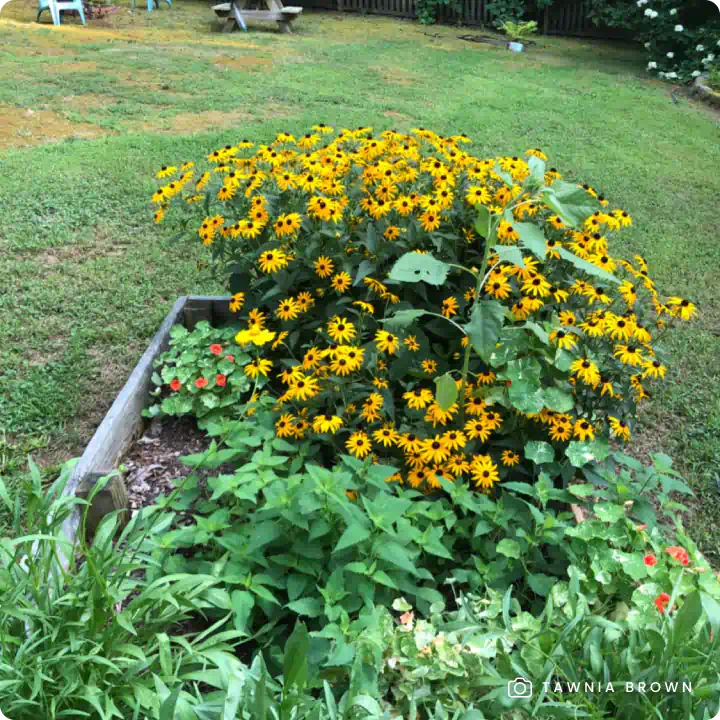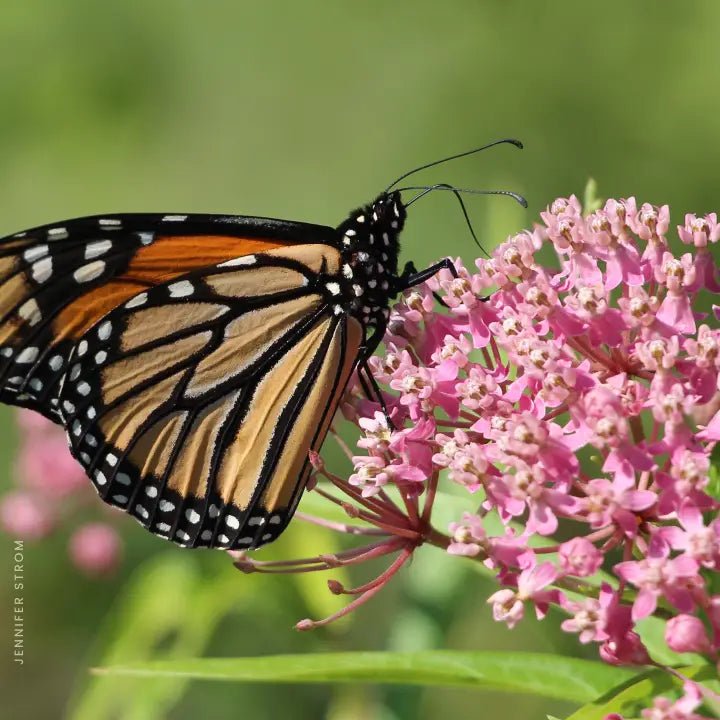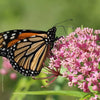Elderberry (Sambucus canadensis) is a fast-growing, woody, deciduous shrub or small tree native to North America, celebrated for its ecological benefits, ornamental appeal, and edible fruits. Reaching heights of 5 to 12 feet with a spread of 6 to 10 feet, this hardy plant thrives in a variety of conditions, from moist streambanks to drier upland soils, and provides year-round interest with its flowers, fruits, and habitat value.
Key Features:
- Seasonal Beauty: Dense clusters of small, white flowers bloom in summer, followed by purple-black fruits in late summer to fall, offering visual appeal and seasonal interest.
- Edible Fruits: The fruits can be cooked into jellies, pies, syrups, and wines, adding a culinary bonus to its ecological and ornamental value.
- Wildlife Magnet: Attracts butterflies, bees, and songbirds, while the fruits are a favorite of birds and mammals. Its arching branches offer habitat for nesting birds, and its foliage provides cover for quail and pheasants.
- Versatile Growth: Thrives in a range of soil types, from wet to dry, but prefers rich, moist, slightly acidic soil in full sun to partial shade.
- Erosion Control: Excellent for stabilizing soil in moist areas, making it ideal for rain gardens and streambanks.
- Eco-Friendly: Grown non-GMO and free of harmful neonicotinoids, promoting a healthy ecosystem for pollinators and wildlife.
Available in one gallon containers.
Why Choose Elderberry?
Elderberry is a true multi-functional plant, offering ecological, culinary, and ornamental value. Its ability to support wildlife, stabilize soil, and thrive in challenging conditions makes it a standout choice for naturalized areas, rain gardens, and woodland edges. While its suckering habit can form dense thickets, this feature is invaluable for wildlife habitat and erosion control.
Planting Tips:
- Location: Plant in full sun to partial shade with rich, moist, slightly acidic soil.
- Watering: Water regularly during the first growing season to establish roots. Once established, it tolerates occasional dry spells.
- Maintenance: Minimal care required. If desired, prune in late winter or early spring before new growth begins to shape the shrub and remove any dead or damaged branches. Manage root suckers to prevent excessive spread if dense thickets are not desired.
For more information on planting, view our How to Plant Your Native Plants guide and other planting tips in the Garden for Wildlife Learning Center.
Enhance your garden with the beauty, utility, and ecological benefits of Elderberry Shrub. Its edible fruits, seasonal blooms, and value to wildlife make it an exceptional choice for sustainable and natural landscapes.
